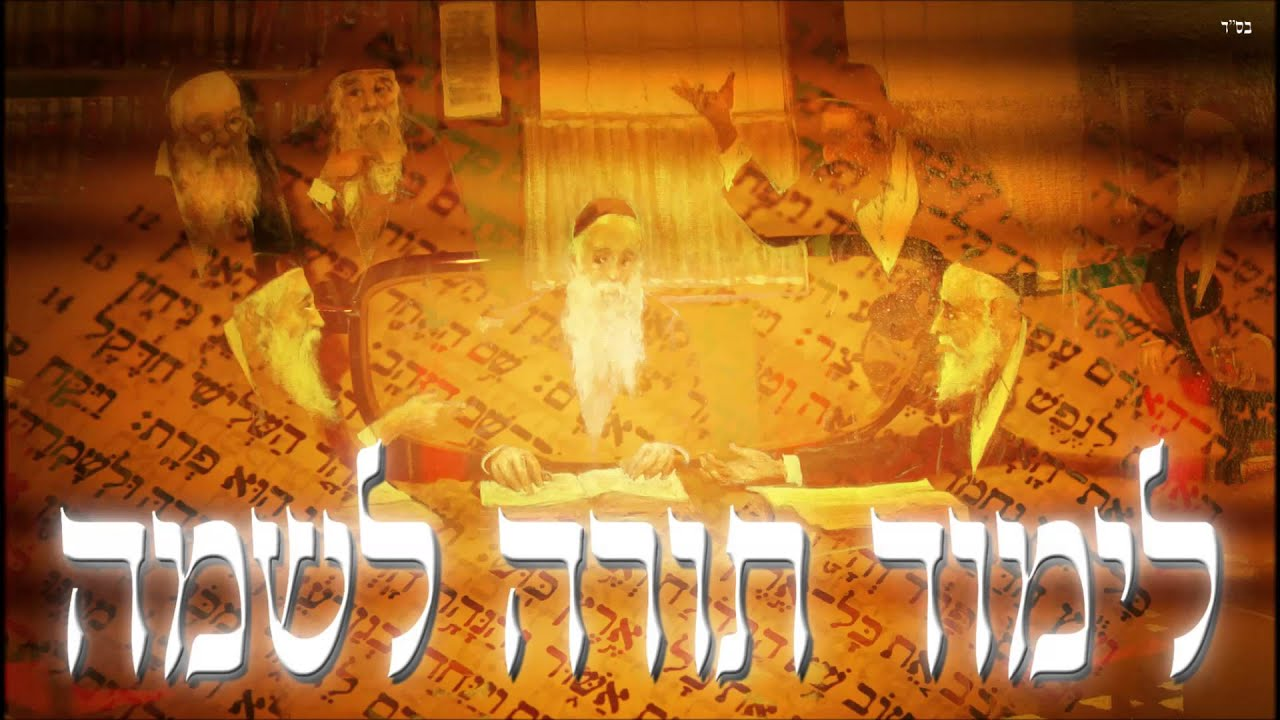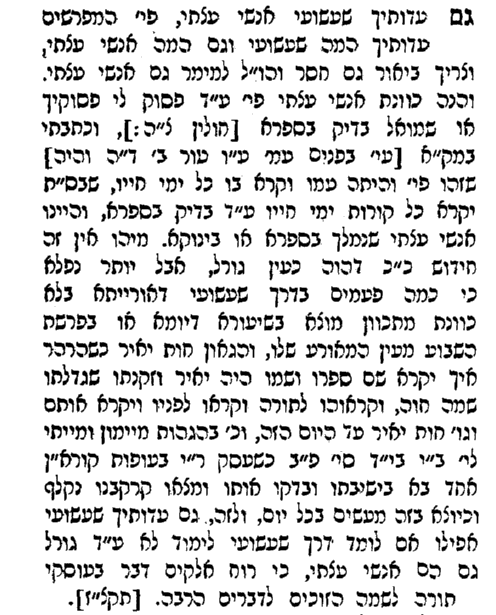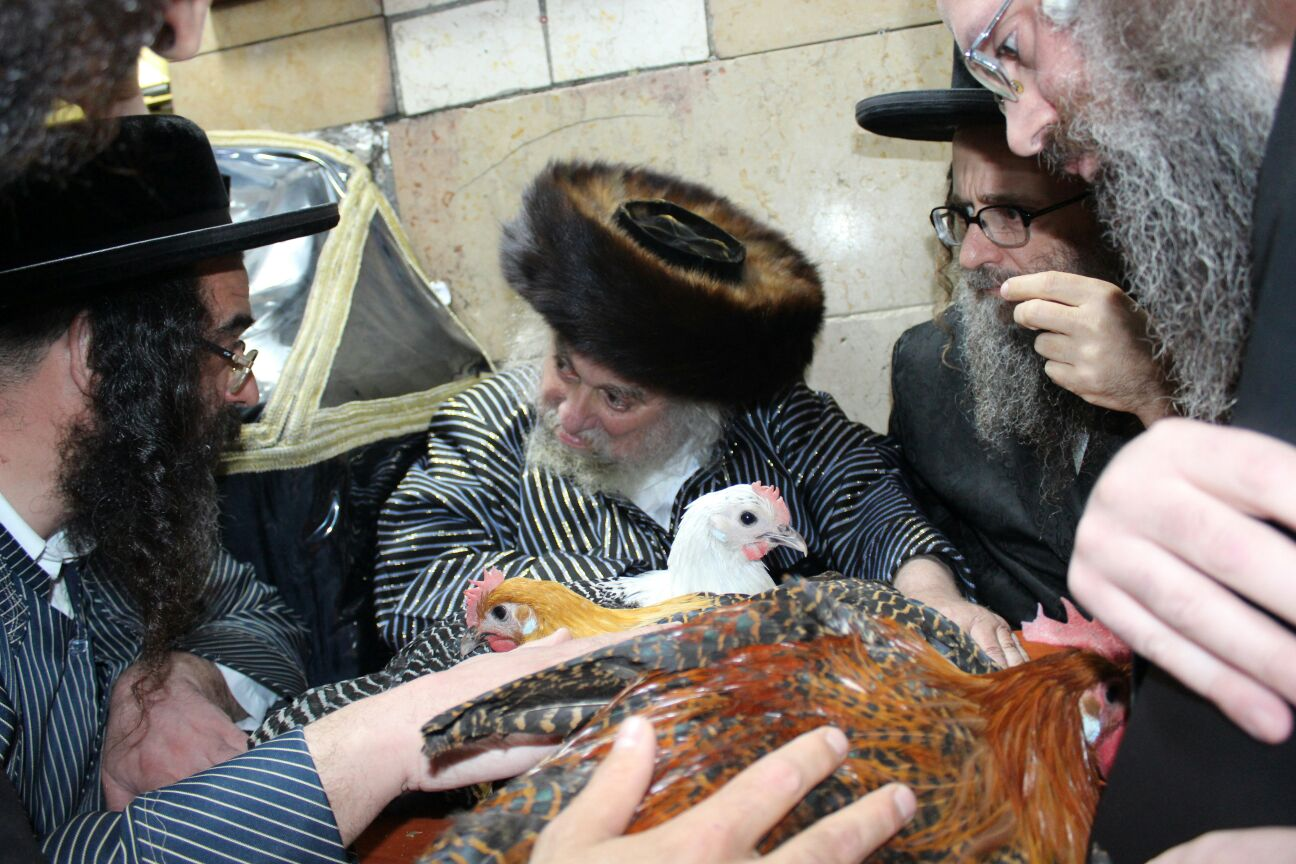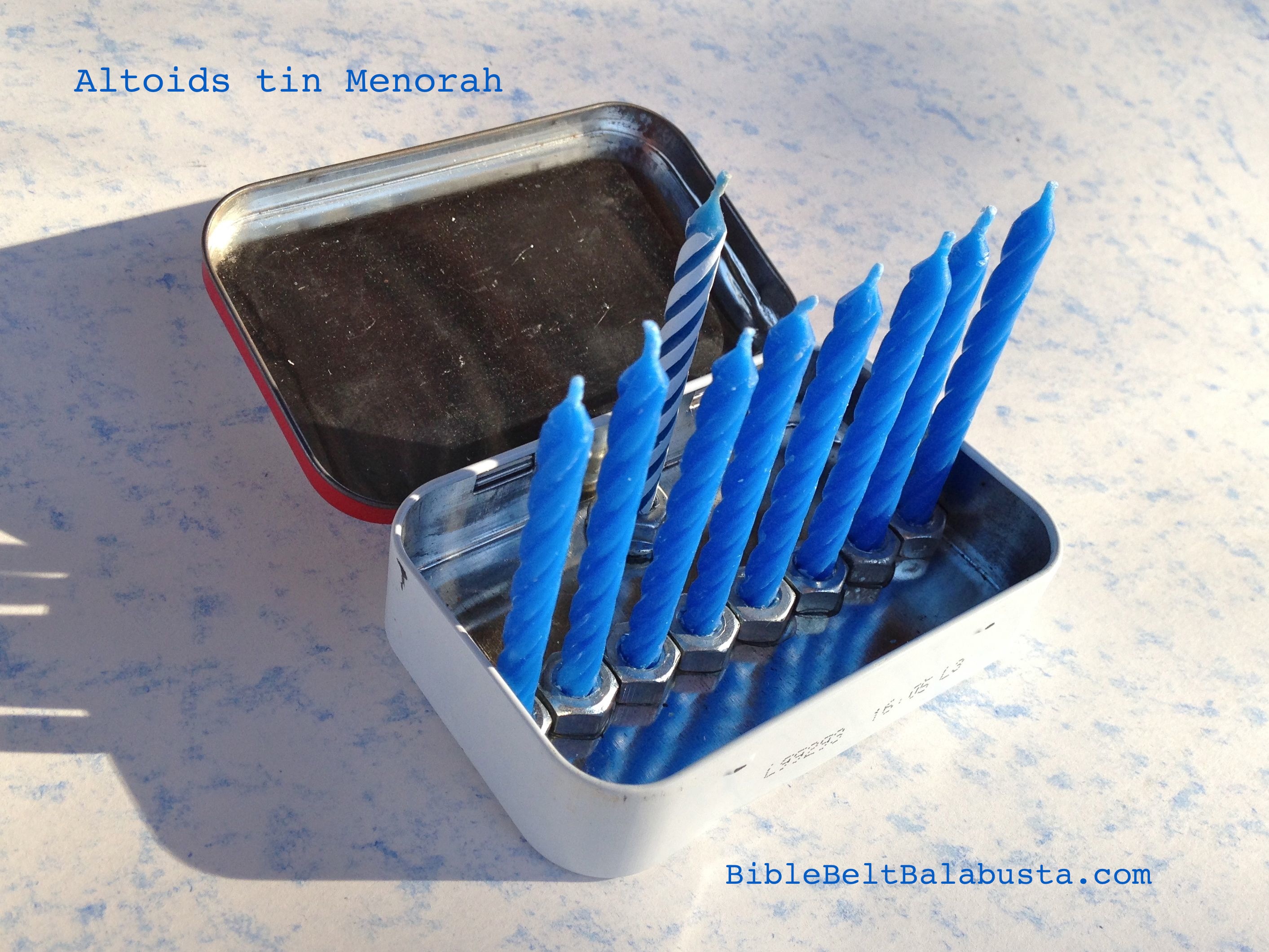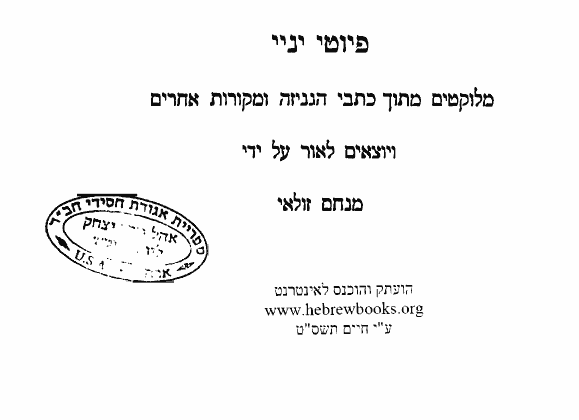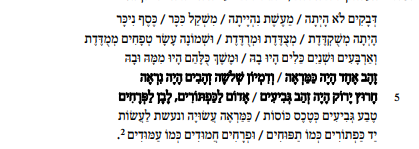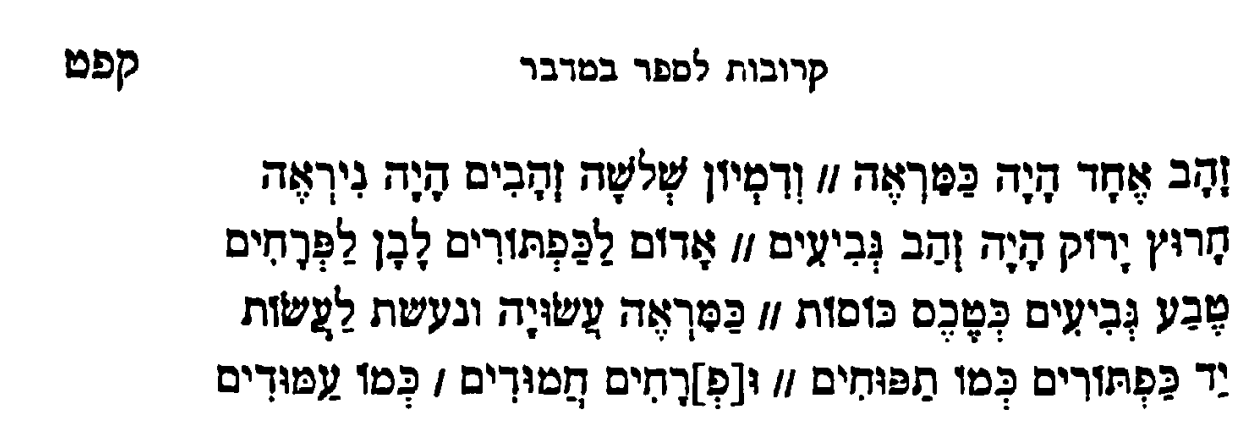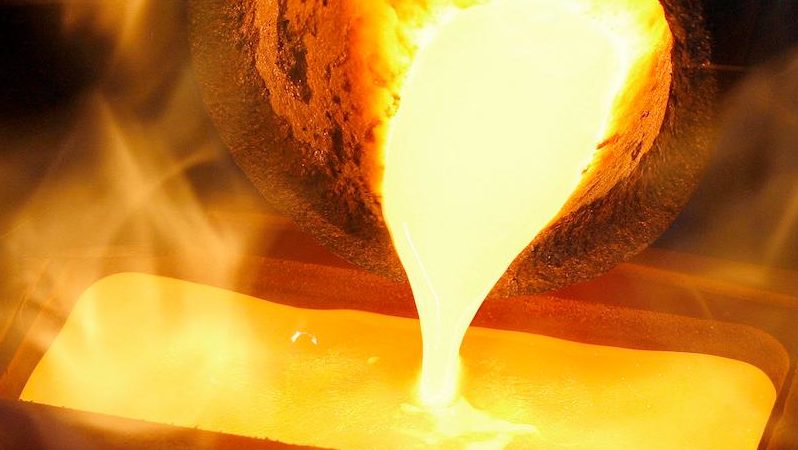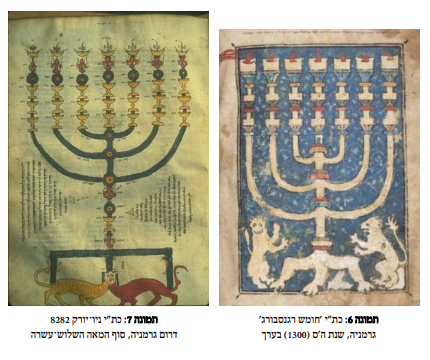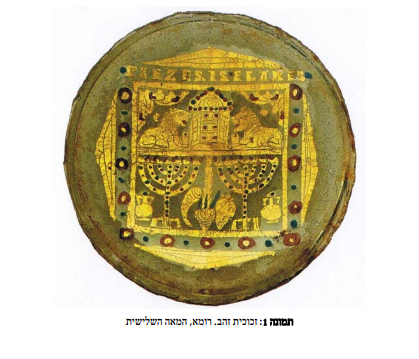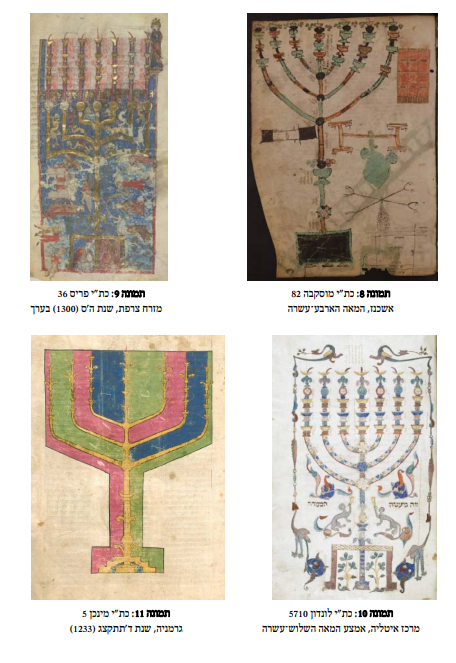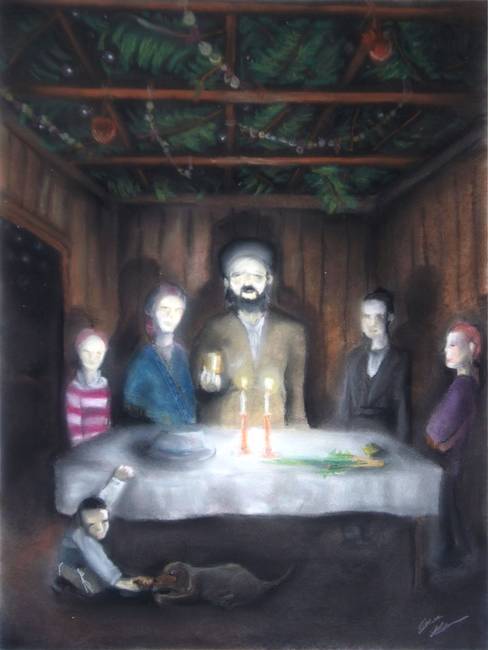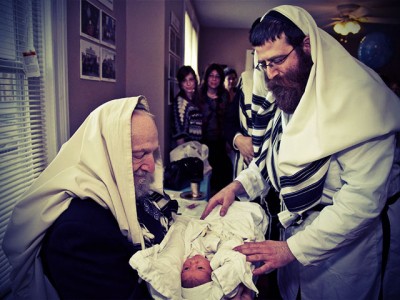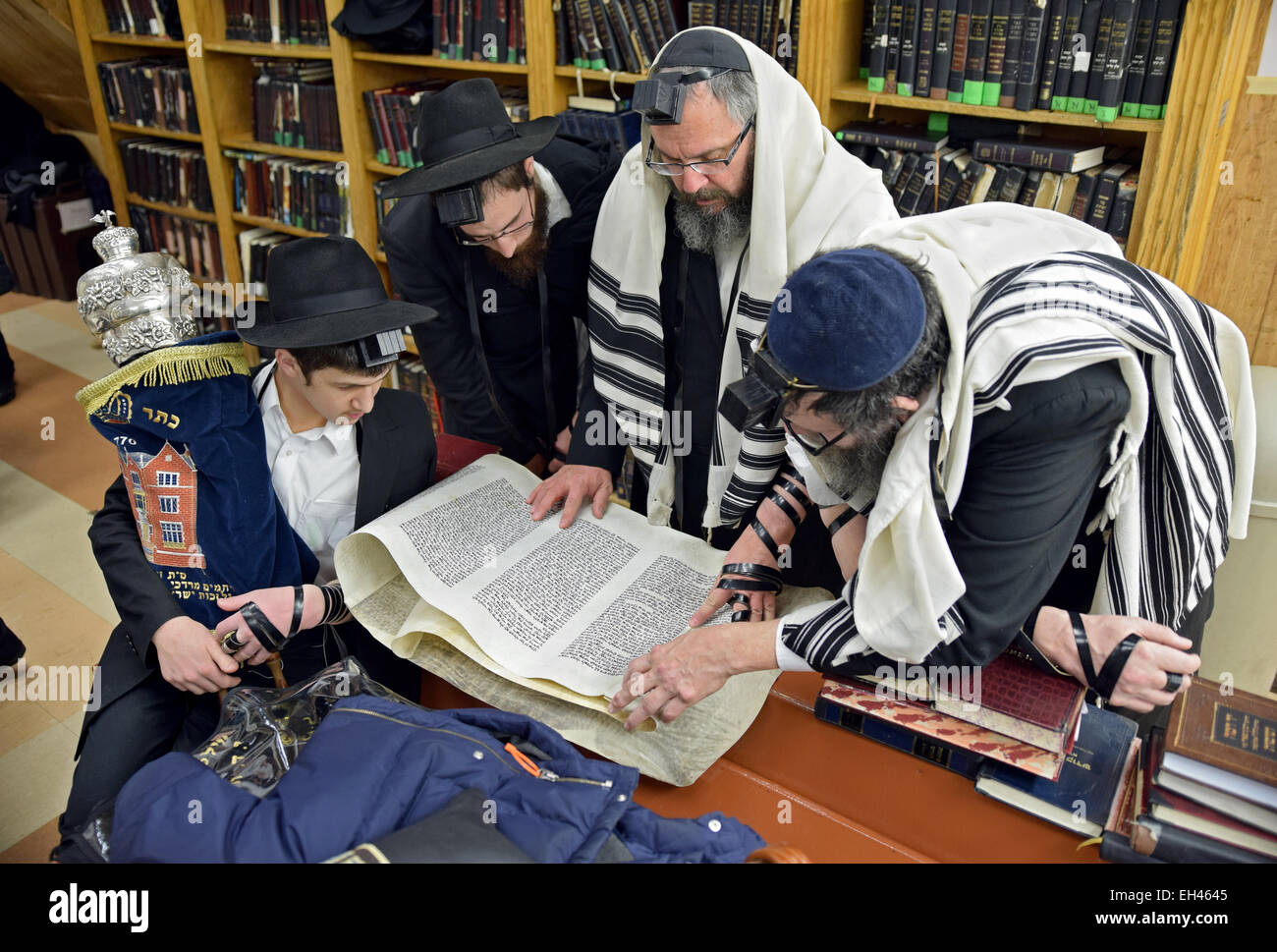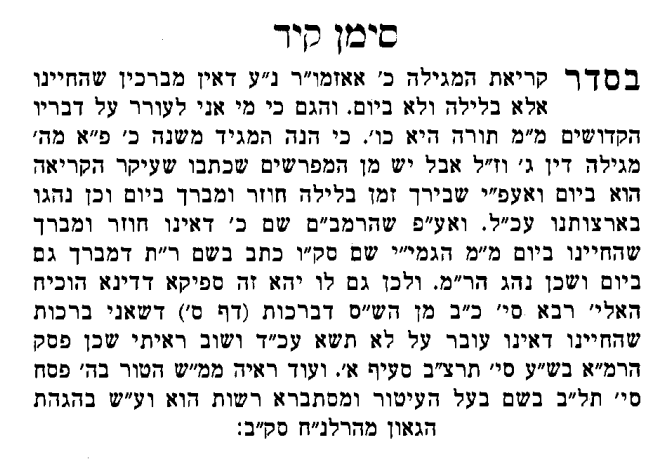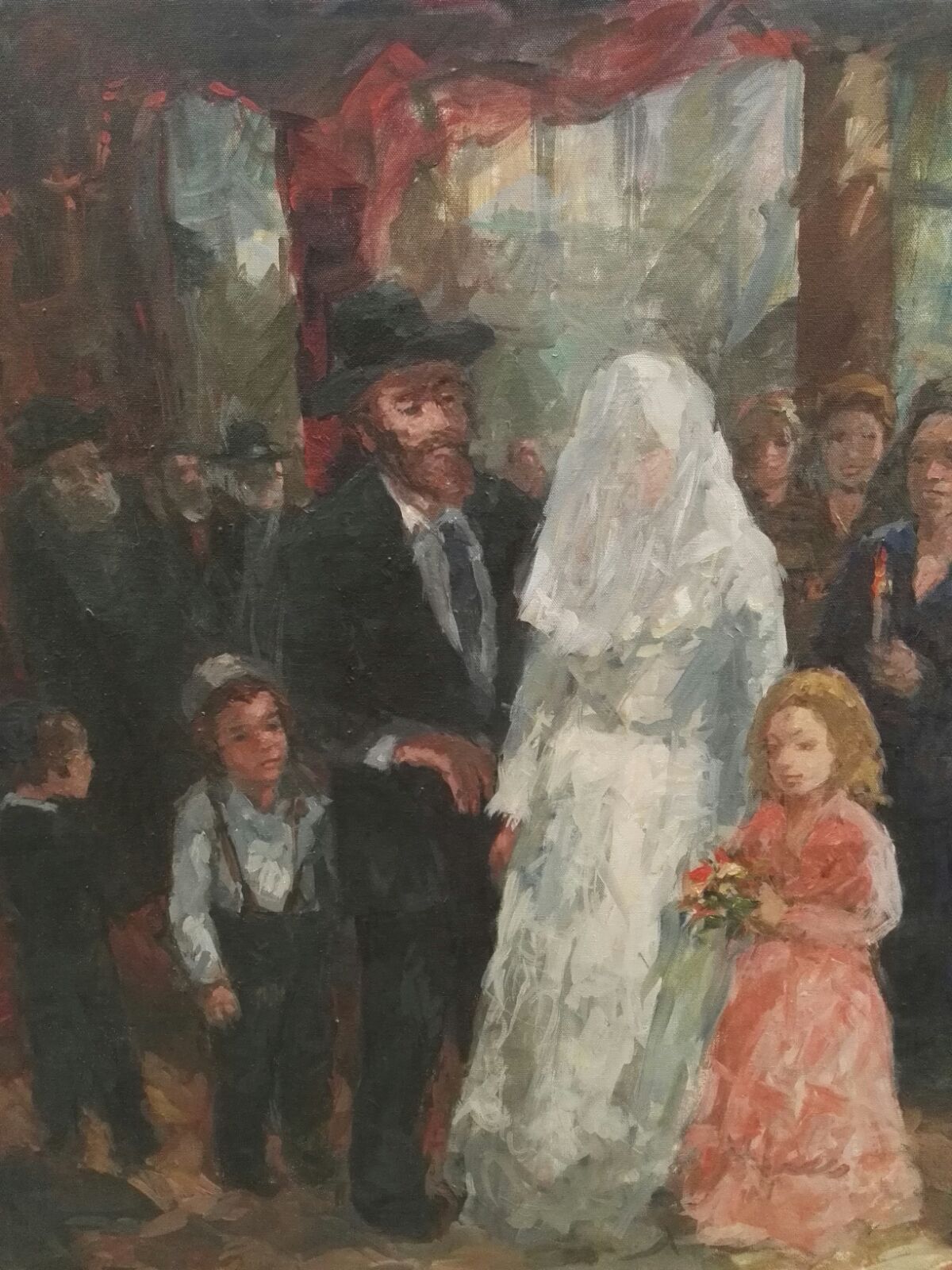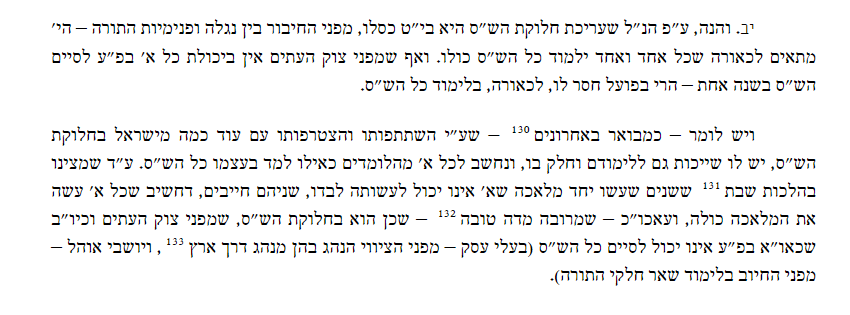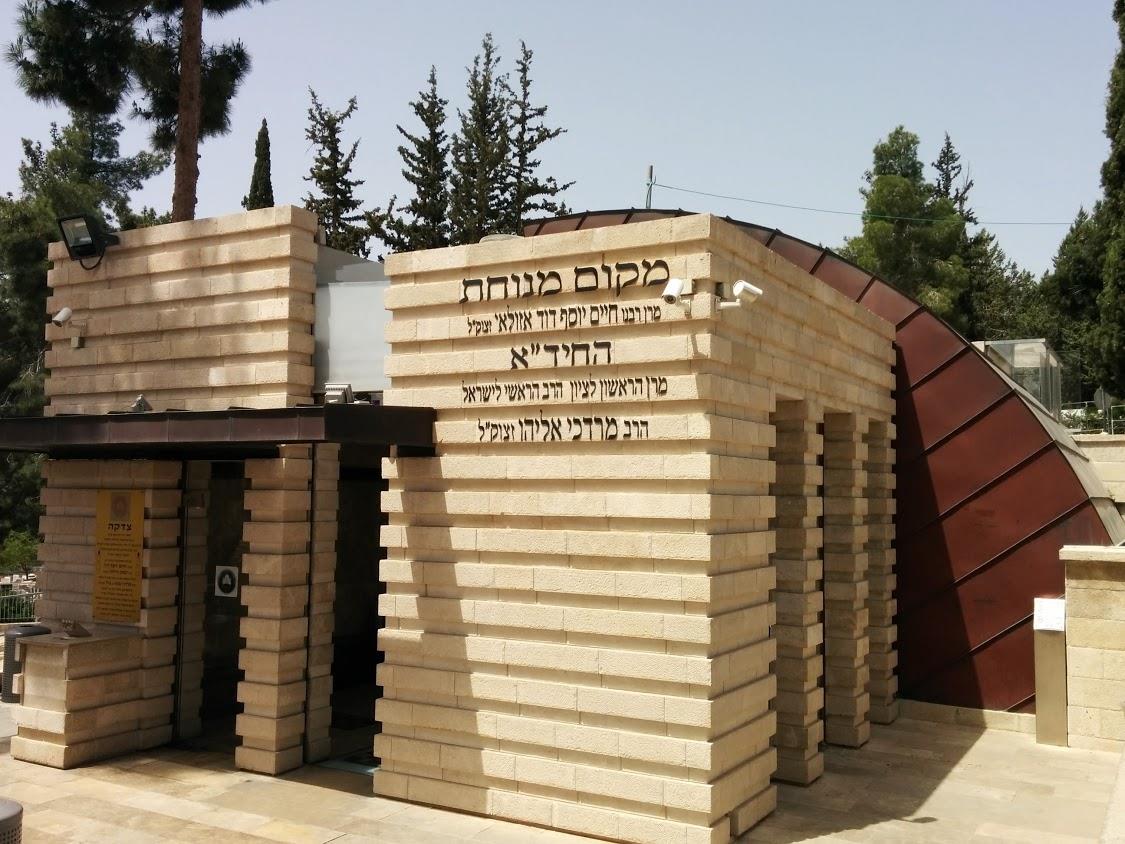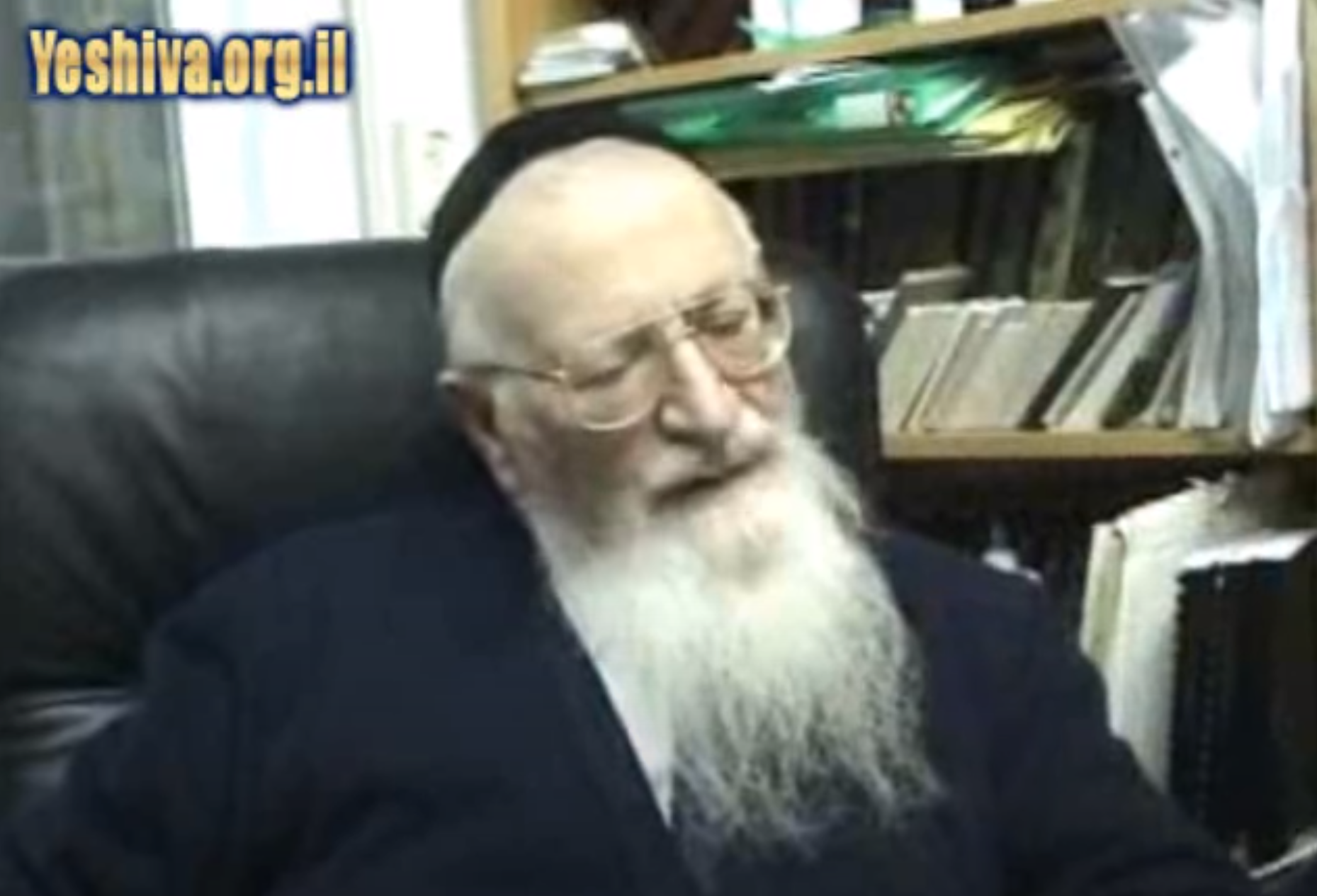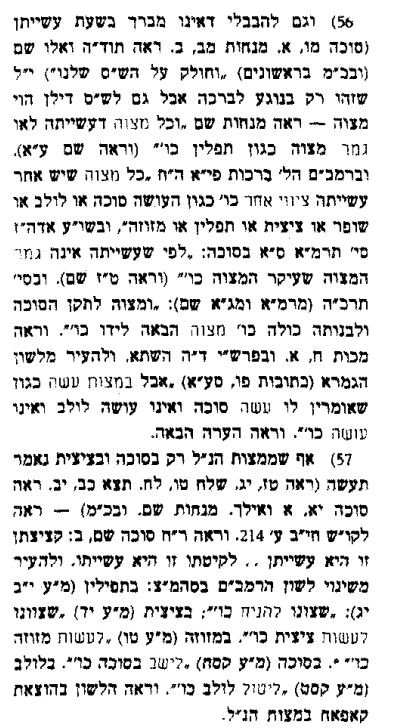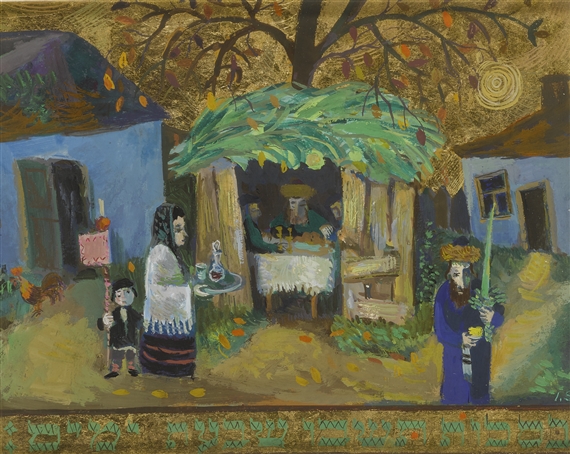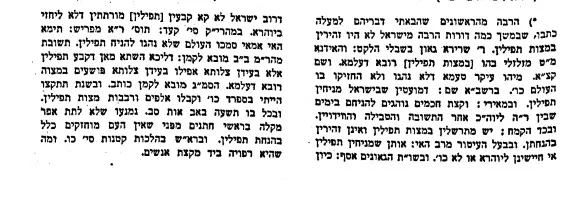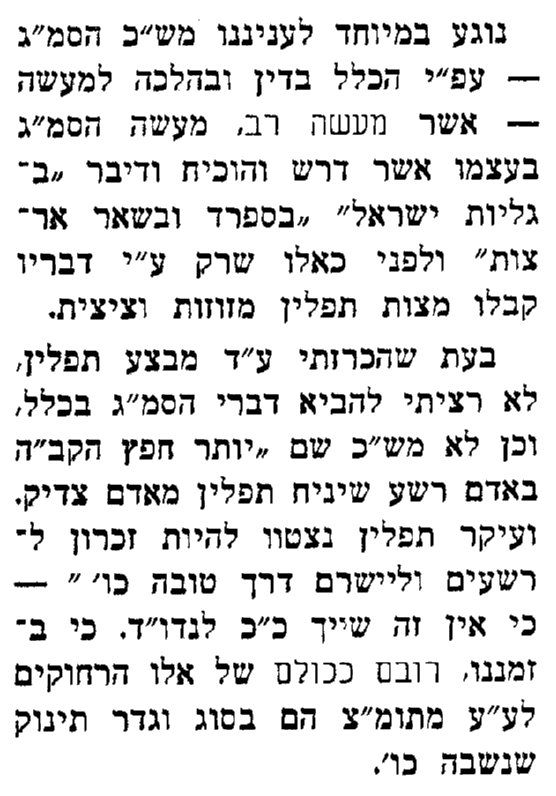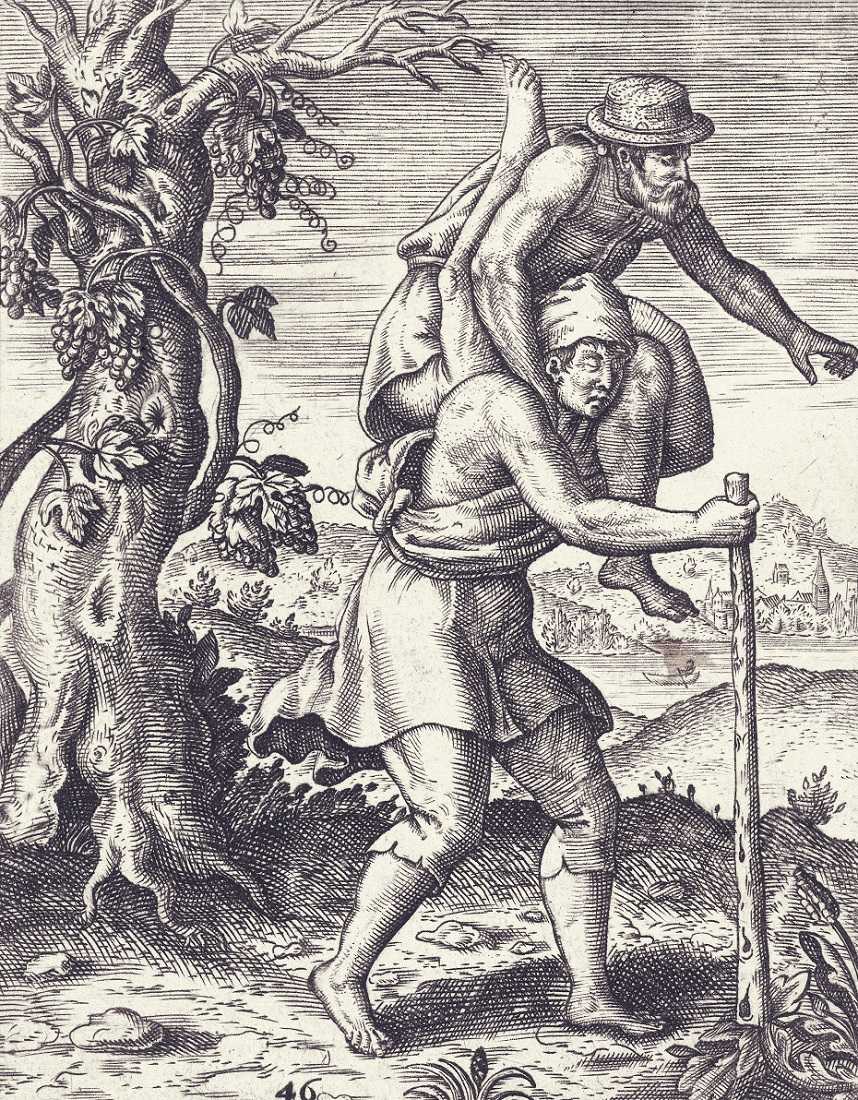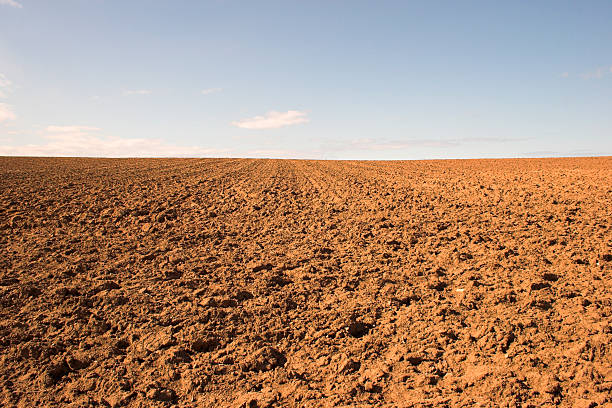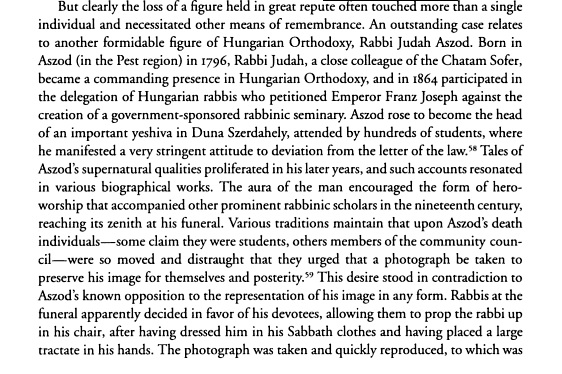BSD
Sukkah 46b
Teves 3, 5783. December 27, 2022
1- We began with the old Jewish quip about the fellow walking to Shul on Chol Hamoed covered with his Tallis, Tefillin on his head and hand, the right hand holding the Lulav and the Esrog with his left when suddenly he develops an itch on his back…..

Being unable to reach over and scratch it he looks up to heaven and says ‘Ribbono Shel Olom, look how much I am doing for You, can I ask You to please scratch my back….’
Our גמרא quotes an opinion that when someone performs multiple Mitzvot at once, they should make one general ברכה for all of them
אשר קדשנו במצותיו וצונו על המצוות
Rashi cite as an example: ליטול לולב לישב בסוכה להניח תפילין להתעטף בציצית

2- Tefillin on Chol Hamoed? We discussed if this רש”י is proof regarding his opinion on this ancient מחלוקת, dating back to the ראשונים if Tefillin are donned on Chol Hamoed.
The ערוך לנר suggest that the Rashi needs to be read with a comma:
ליטול לולב לישב בסוכה, להניח תפילין להתעטף בציצית
Meaning that he is citing two separate examples on performing more than one Mitzvah at a time.

Today it’s down to the Minhog one follows; whereas the ספרדים and Chassidim do not and the Askenazim do (some without a ברכה). OC 31
3- There is a discussion as to why Rashi places Tefillin before the Tallis.
4- We moved on to the גמרא that cites the importance of acquiring Torah knowledge when one is young. ‘The more one studies in his youth the easier it will be for him to do so when he ages’.
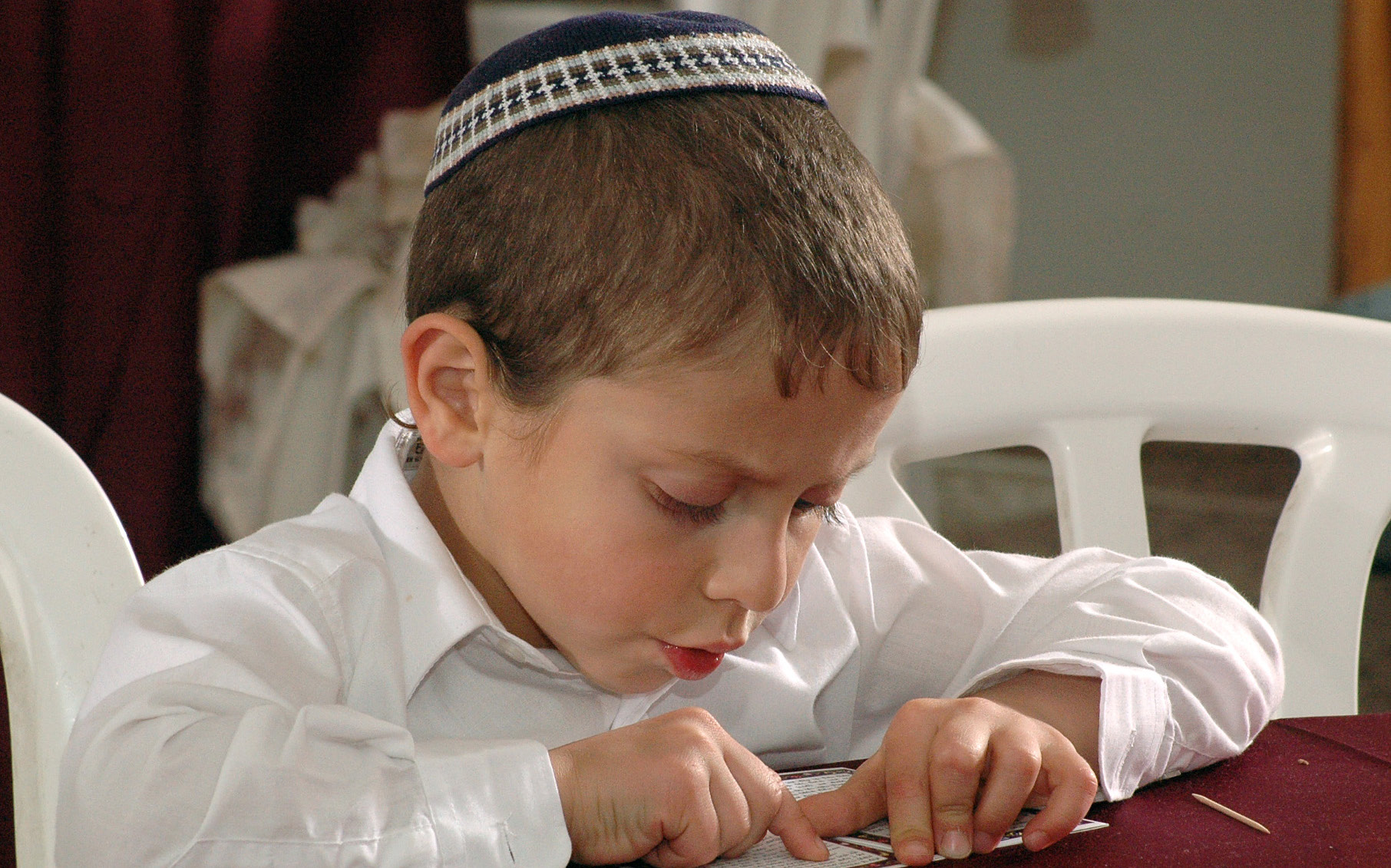
The גמרא also urges one to repeat one’s learning- what we call חזרה.

5- We entered the סוגיא concerning the status of an item that is מוקצה because it is a מצווה, such as an Esrog.
The issue is if this type of מוקצה has the same rules of מוקצה on Shabbos.
A primary rule of Shabbos מוקצה is that its status is ‘locked in’ Friday night at בין .השמשות (See this in a previous shiur) Once it’s locked in, the מוקצה status does not change. Say a broken toy (מוקצה) that is repaired by a goy on Shabbos. The מוקצה status does not change.
6- Reb Yochanon says that this Shabbos rule applies on a מוקצה because of a Mitzvah as well. Therefore, on הושענא רבה even though, after מוסף, one is done with the לולב, since at the previous בין השמשות it was מוקצה, the status remains unchanged for the rest of the day.
Reish Lakish disagrees, Muktzeh because of a Mitzvah is limited by the ‘time’ of performing the Mitzvah. Once the performance is complete, it loses its מוקצה status. Thus, one can bite into his Esrog right after Davning.
Will continue on this topic next week BLN.
6 – We diverged to talk about בין השמשות.

Mentioned the famous Tosfos at the beginning of Shas, Brochos 2a.
The issue is the earliest time for the night קריאת שמע and שמונה עשר of מעריב.
There are many מנהגים as when to Daven מעריב. Before צאת הכוכבים or way before it. There is also the need to say קריאת שמע after צאת. See here in the Shulchan Aruch and side commentators. OC 235.

In short – those that Daven Maariv before צאת have plenty of פוסקים on which to rely upon.
Our point was that many are unaware that the גר״א was very much against Davning Maariv early!
As the משנה ברורה quotes from the מעשה רב, the גר״א said that it’s better to Daven Maariv ביחידות that to Daven before צאת even on Shabbos. OC 235.

7- For Lubavitchers, unfortunately we do not have this סימן in the Alter Rebbe’s Shulchan Aruch.
However, we find that the Alter Rebbe in one of his תשובות regarding the type of חלף one should use for שחיטה he concludes with an interesting line:
“And we indeed come across some הלכות where there the early or later פוסקים disagreed and in previous generation our forefather’s Minhag was to follow the lenient opinion.
However, in our generation many upon many have accepted to follow the opinion of the more stringent ones. Such as חדש, and Davning Maariv in its proper time.” (After צאת הכוכבים)
וכהאי גוונא מצינו כמה הלכות שנחלקו בהן הפוסקים ראשונים או אחרונים ובדורות שלפנינו נהגו אבות אבותינו כדעת המקילין ובדורות הללו רבו כמו רבו הנוהגים להחמיר, כמו חדש לג ותפלת ערבית בזמנה לד וכהאי גוונא טובא לה:
https://chabadlibrary.org/books/adhaz/shut/7.htm
8- We will discuss next week the connection of the above to our גמרא.

9- We related Reb Yoel’s opinion about a גדול that expressed ‘doubt about the זוהר and קבלה’.
10 – Story with the Ragatchover when invited to be the first speaker at an אסיפת הרבנים.
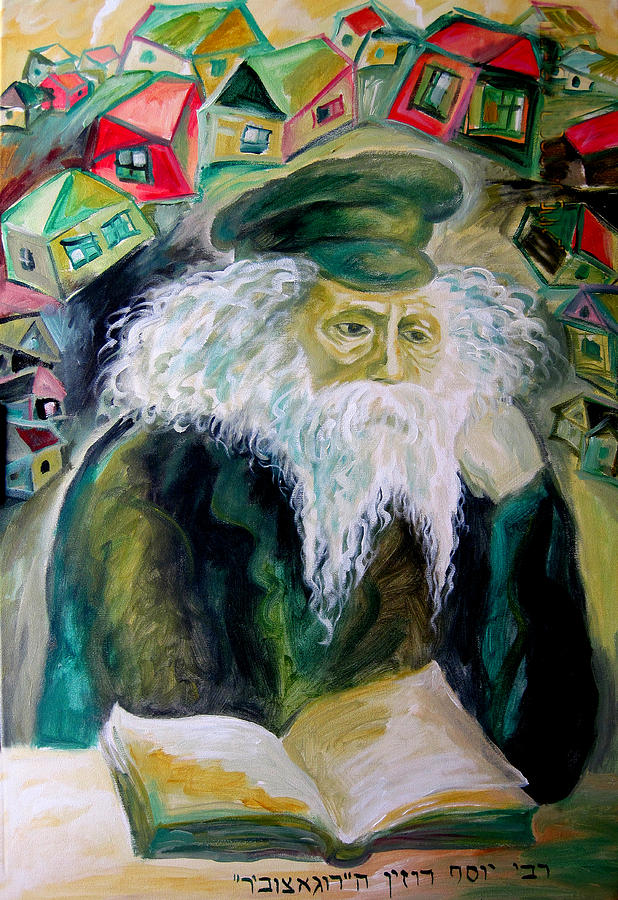
He suggested that all others speak first and he will address the crowd at the end.
His reasoning was that the order he suggested would improve the quality of all the דרשות.
How is that? It’s a Mishna, he said.
Nobody present could figure out as to what Mishna he was referring to until he told them……
End of Kinim:
רַבִּי שִׁמְעוֹן בֶּן עֲקַשְׁיָא אוֹמֵר, זִקְנֵי עַם הָאָרֶץ, כָּל זְמַן שֶׁמַּזְקִינִין, דַּעְתָּן מִטָּרֶפֶת עֲלֵיהֶן, שֶׁנֶּאֱמַר (איוב יב), מֵסִיר שָׂפָה לְנֶאֱמָנִים וְטַעַם זְקֵנִים יִקָּח. אֲבָל זִקְנֵי תוֹרָה אֵינָן כֵן, אֶלָּא כָל זְמַן שֶׁמַּזְקִינִין, דַּעְתָּן מִתְיַשֶּׁבֶת עֲלֵיהֶן, שֶׁנֶּאֱמַר (שם), בִּישִׁישִׁים חָכְמָה וְאֹרֶךְ יָמִים תְּבוּנָה:
Rabbi Shimon ben Akashiah says: ignorant old people, the older they become, the more their intellect gets befuddled, as it is said: “He removes the speech of men of trust and takes away the sense of the elders.”
But when it comes to aged scholars, it is not so. On the contrary, the older they get, the more their mind becomes composed as it is said: “With aged men comes wisdom, and understanding in length of days.”
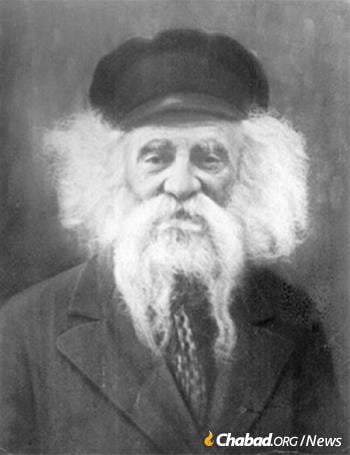
So, concluded the Ragatchover, the earlier you speak the better it will sound… on the other hand, the later I speak …..

